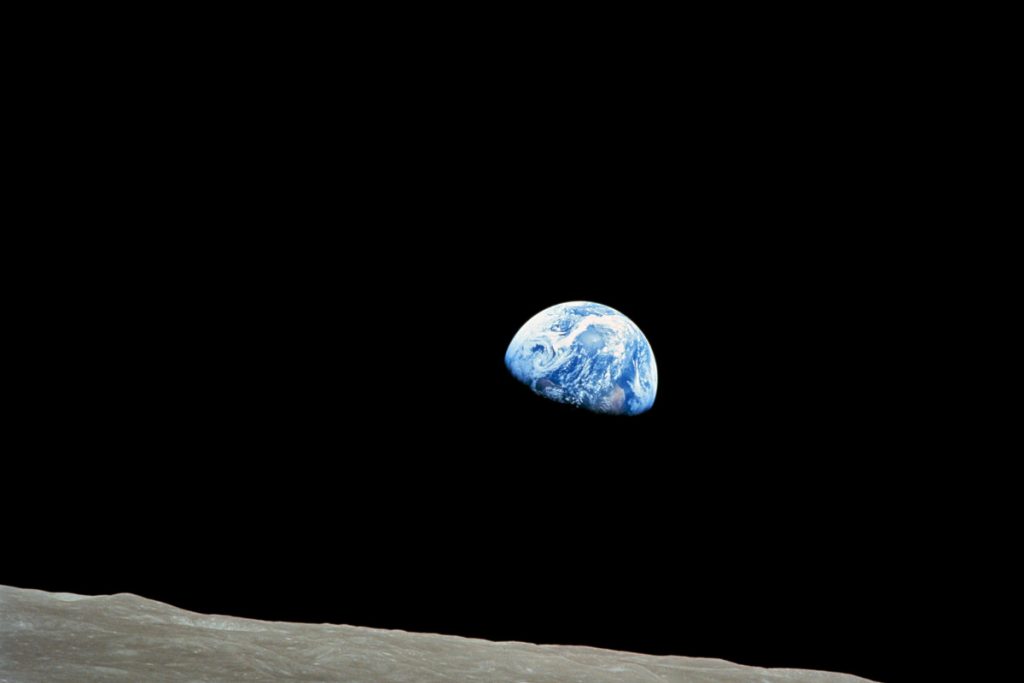If the novel coronavirus wasn’t enough to give you a desire to prep for doomsday, news has just started circulating about a giant asteroid that might cause the end of the world the day after Valentine’s 2020. Well, there’s good news. Asteroid PZ39 (technically 163373 (2002 PZ39)) won’t be destroying the Earth this year, NASA has confirmed.
It all started with an explosive story by International Business Times, and it snowballed from there. Snopes did a nice little run down and talked to NASA about the whole thing (nothing like getting right to the source!) NASA said in a statement: “The trajectory of asteroid 2002 PZ39 is very well known. It will pass by Earth at a distance of about 5.77 million kilometers (approximately 3.59 million miles). The asteroid will approach no closer than about 15 times the distance of the Moon.”
So, the asteroid is huge but pretty far away, passing 15 times the distance of the Moon from Earth.
The giant asteroid will be 15 times the distance of the Moon when it passes by Earth on Feb. 16. NASA says there's nothing to worry about. Share on XIt’s called a “potentially hazardous asteroid,” but the scary name doesn’t mean we’re in danger in 2020. It’s passing 3.6 million miles away. What makes this asteroid unique is that it has a diameter of 3,250 feet, which could cause some apocalyptic issues if it ever actually hit the Earth, IGN shared. But this time around we’re good. 🙂
My favorite Asteroid Twitter account, Asteroid Watch, shared some good information about the Potentially Hazardous Asteroid.
We've seen some incorrect stories on #asteroid 2002 PZ39 circulating. The trajectory of this asteroid is very well known. It will safely pass Earth at a distance of 5.77 million km (3.59 million miles), about 15 times the distance of the Moon.
— Asteroid Watch (@AsteroidWatch) February 13, 2020
The wrote: “We’ve seen some incorrect stories on #asteroid 2002 PZ39 circulating. The trajectory of this asteroid is very well known. It will safely pass Earth at a distance of 5.77 million km (3.59 million miles), about 15 times the distance of the Moon. Information on all near-Earth approaches is public and available at cneos.jpl.nasa.gov/ca/neo_ca_intr with a data table that includes distances, sizes, etc.”
The asteroid will come back around again in 2034, most likely, so you’ll want to keep an eye out then.
If you want to stay updated on asteroids, I suggest following Asteroid Watch on Twitter. It’s part of NASA’s Planetary Defense Coordination Office.
Want to stay updated on all things post-apocalyptic? Join our email list here. Want to write for us? Send us a tweet.

